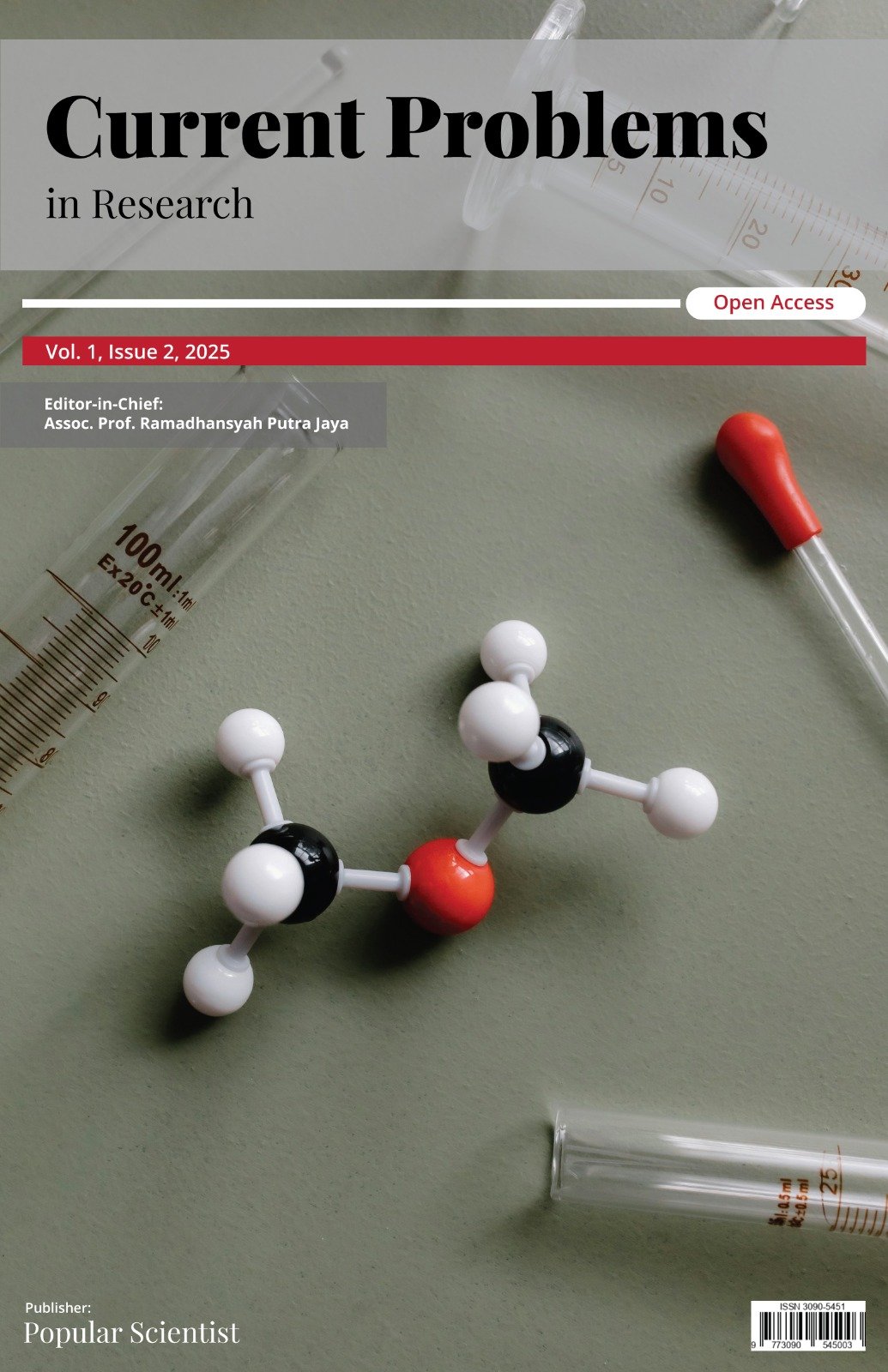Sustainable Warm Mix Asphalt: Incorporating Waste Motor Engine Oil for Enhanced Performance
DOI:
https://doi.org/10.70028/cpir.v1i2.60Keywords:
Waste Motor Engine Oil, Warm Mix Asphalt, Sustainable Asphalt, StabilityAbstract
The production of Hot Mix Asphalt (HMA) requires high energy input and releases substantial amounts of greenhouse gases and other hazardous emissions, contributing significantly to air pollution. Warm Mix Asphalt (WMA) offers a more sustainable alternative, as it requires lower mixing and production temperatures, thereby reducing both energy consumption and emissions. This study investigates the potential of waste motor engine oil (WMEO) as a bitumen modifier in WMA. WMEO was incorporated at varying dosages of 0%, 3%, 4%, and 5% by weight of bitumen. The modified binders and mixtures were evaluated through penetration, softening point, stability, flow, and stiffness tests. The results demonstrated that WMEO significantly enhanced penetration and softening point values, while also improving mixture performance in terms of stability, flow, and stiffness. These findings suggest that WMEO can serve as an effective modifier for WMA, contributing to improved performance and sustainability in asphalt pavement applications.
Downloads
References
S. Fernandes, J. Peralta, J. R. M. Oliveira, R. C. Williams, and H. M. R. D. Silva, “Improving asphalt mixture performance by partially replacing bitumen with waste motor oil and elastomer modifiers,” Applied Sciences (Switzerland), vol. 7, no. 8, Aug. 2017, doi: 10.3390/app7080794.
K. Li et al., “Quantitative evaluation on the energy saving and emission reduction characteristics of warm mix asphalt mixtures,” Constr Build Mater, vol. 407, p. 133465, Dec. 2023.
X. Jia, B. Huang, J. A. Moore, and S. Zhao, “Influence of Waste Engine Oil on Asphalt Mixtures Containing Reclaimed Asphalt Pavement,” Journal of Materials in Civil Engineering, vol. 27, no. 12, Dec. 2015, doi: 10.1061/(asce)mt.1943-5533.0001292.
Z. M. Jasim, M. M. Hilal, S. S. Hasan, and M. Y. Fattah, “Warm mix asphalt (WMA)Techniques: Advantages and disadvantages - A review,” AIP Conf. Proc., vol. 3219, no. 1, p. 020028, 2024.
A. Milad et al., “A Comparative Review of Hot and Warm Mix Asphalt Technologies from Environmental and Economic Perspectives: Towards a Sustainable Asphalt Pavement,” Nov. 01, 2022, MDPI. doi: 10.3390/ijerph192214863.
H. Zhang et al., “Temperature control and energy-saving efficiency evaluation of low-energy warm-mix asphalt mixtures with composite additives,” Case Studies in Thermal Engineering, vol. 65, Jan. 2025, doi: 10.1016/j.csite.2024.105604.
B. Williams, A. Copeland, and T. Ross, “Asphalt pavement industry survey on recycled materials and warm-mix asphalt usage 2019 information series 138 10th annual survey,” 2016. [Online]. Available: www.AsphaltPavement.org
A. A. Mamun and H. I. Al-Abdul Wahhab, “Evaluation of waste engine oil-rejuvenated asphalt concrete mixtures with high RAP content,” Advances in Materials Science and Engineering, vol. 2018, 2018, doi: 10.1155/2018/7386256.
N. Samsuddin, M. Idrus, and M. Masirin, “Assessment of road infrastructures pertaining to Malaysian experience,” MATEC Web of Conferences, vol. 47, p. 03010, 2016, doi: 10.1051/C.
M. E. Abdullah et al., “Warm mix asphalt technology: A review,” 2014. [Online]. Available: www.jurnalteknologi.utm.my
T. Shoukat and P. J. Yoo, “Rheology of asphalt binder modified with 5W30 viscosity grade waste engine oil,” Applied Sciences (Switzerland), vol. 8, no. 7, Jul. 2018, doi: 10.3390/app8071194.
R. Mehmood, F. M. Jakarni, R. Muniandy, S. Hassim, N. N. Nik Daud, and A. H. Ansari, “Waste engine oil as a sustainable approach for asphalt rejuvenation and modification: A review,” Dec. 15, 2024, Elsevier Ltd. doi: 10.1016/j.heliyon.2024.e40737.
G. H. Shafabakhsh and Y. Sajed, “Investigation of dynamic behavior of hot mix asphalt containing waste materials; case study: Glass cullet,” Case Studies in Construction Materials, vol. 1, pp. 96–103, Dec. 2014, doi: 10.1016/j.cscm.2014.05.002.
A. Refaat, A. M. Saleh, R. K. Farag, and A. E. A. Mostafa, “Toward sustainable green asphalt pavement mixture using RAP and waste engine oil,” Trends in advanced sciences and technology, vol. 1, no. 1, Jan. 2024, doi: 10.62537/2974-444x.1005.
M. Muñoz et al., “Environmental impact of rejuvenators in asphalt mixtures containing high reclaimed asphalt content,” Road Materials and Pavement Design, vol. 23, no. 6, pp. 1400–1414, 2022, doi: 10.1080/14680629.2021.1891129.
H. M. R. D. Silva, J. R. M. Oliveira, C. I. G. Ferreira, and P. A. A. Pereira, “Assessment of the performance of warm mix asphalts in road pavements,” 2010.
JKR Malaysia, “Standard specification for road works, section 4: flexible pavement,” pp. 1–187, 2008.
ASTM D5, “Standard test method for penetration of bituminous materials,” ASTM International, West Conshohocken, PA, USA, 2013.
ASTM D36, “Standard test method for softening point of bitumen (ring-and-ball apparatus),” ASTM International, West Conshohocken, PA, USA, 2014.
ASTM D5581, “Standard test method for resistance to plastic flow of bituminous mixtures using marshall apparatus,” ASTM International, West Conshohocken, PA, American Society for Testing and Materials, 2007.
Downloads
Published
Issue
Section
License
Copyright (c) 2025 Dewi Sri Jayanti, Wan Noor Hin Mior Sani, Zuraini Din, Zaid Hazim Al-Saffar, Haryati Yaacob (Author)

This work is licensed under a Creative Commons Attribution-NonCommercial 4.0 International License.













